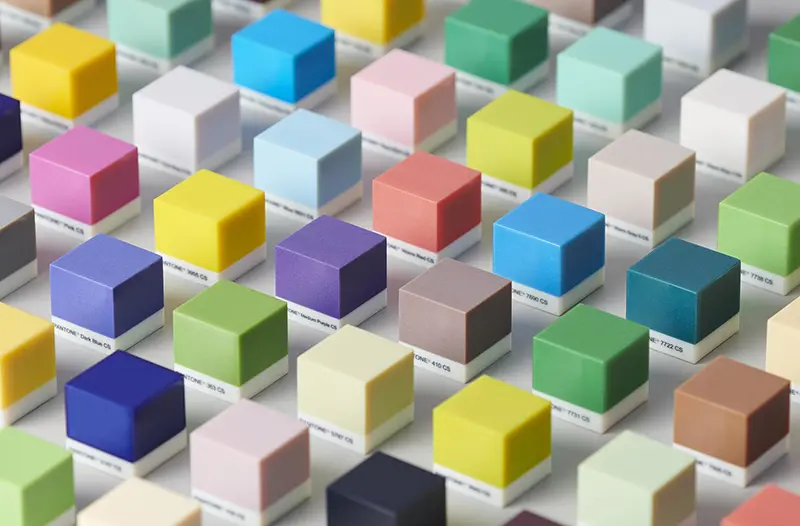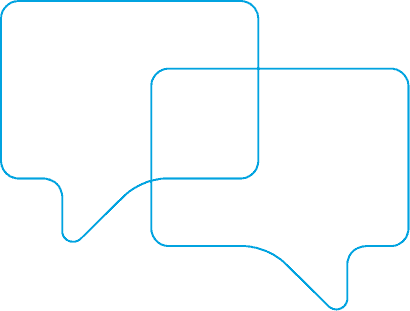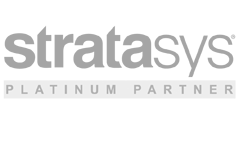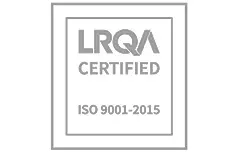
3D printing frequently asked questions
From the logical to the entirely unexpected, the range of questions Laser Lines’ product specialist field from potential clients is broad, and often thought provoking. Typically the four they hear the most often.
What can a 3D printer do for me?
We are coming across new ones all the time. Industries that have done things a certain way for decades are switching to additive manufacturing, and opening up new opportunities, and applications for 3D printing.
There’s always something new to talk about, with innovative devices like the Xact Metal XM200G and materials like the robust Nylon 12CF and pliable Agilus 30 and TangoPlus.
When Stratasys shipped the F123 range, material prices tumbled, reducing the part costs by 50%. That’s a significant saving, which makes on-site additive manufacturing more viable for smaller firms than it was 12-18 months ago.
How long will a 3D printer last?
Customers obviously want to maximise the value of their investment, and always ask how long a printer should last and whether it can be upgraded over time.
The good news is that the software that runs, controls and monitors a printer is often easily upgraded.
When Stratasys recently introduced new materials, for example, it updated the firmware for several of its existing printers so that they could make use of it. Existing users’ hardware investments will last longer, becoming more versatile over time.
We usually advise potential clients that a printer could last them ten years, and have got five or six in the Laser Lines office approaching that age now, all still putting in good service.
What will a 3D printer cost me?
Businesses have specific uses in mind, and know how much they want to save by investing in a 3D printer. If they have been using a bureau service, they need to calculate how quickly the printer will pay for itself in time- and cost-savings.
When someone says a part sounds expensive if it’s produced on site, it is surprisingly easy to justify the price of a 3D printer. When you consider that it saves the client the expense of having something designed remotely, the inconvenience of losing the connection between the engineering and production stages, and the hassle of waiting for a third-party to do your job among several others.
Bringing everything under one roof, by putting a 3D printer in the same building as the designer, means changes can be made more quickly, and a product can be developed more smoothly. It will easily offset the cost of the printer over its useful life.
Can I print from a picture?
This is a really common question with a simple answer, but It engages ideas and an open conversation.
Simply, the answer is no, but for how long? Currently, you need to create or scan geometry then pass through CAD software and save it in a format that can be read by the 3D print software in order to slice and create the 3D print file.
To put your own questions to Laser Lines’ product specialists, call them today on 01295 672599 or email [email protected]








